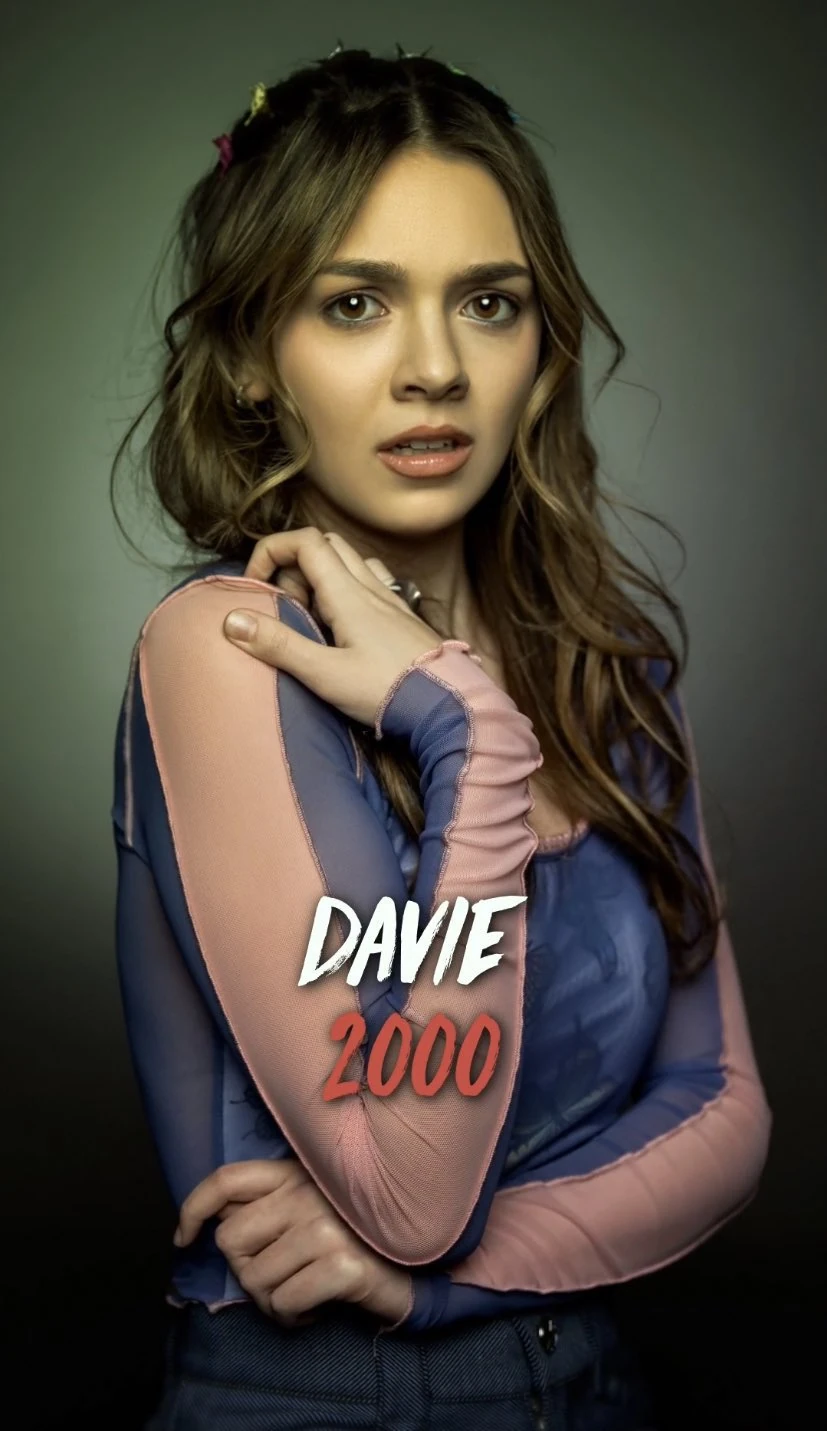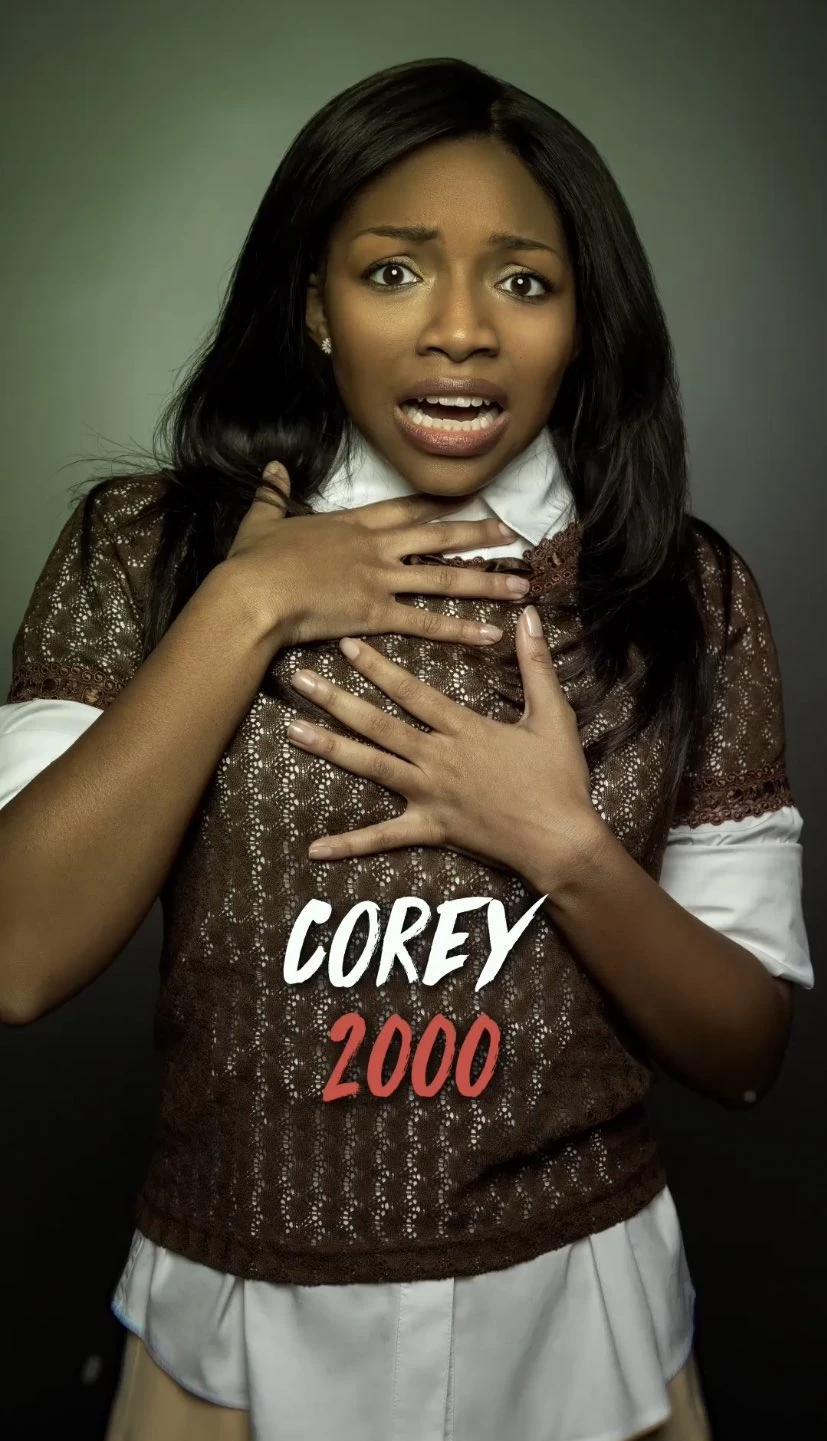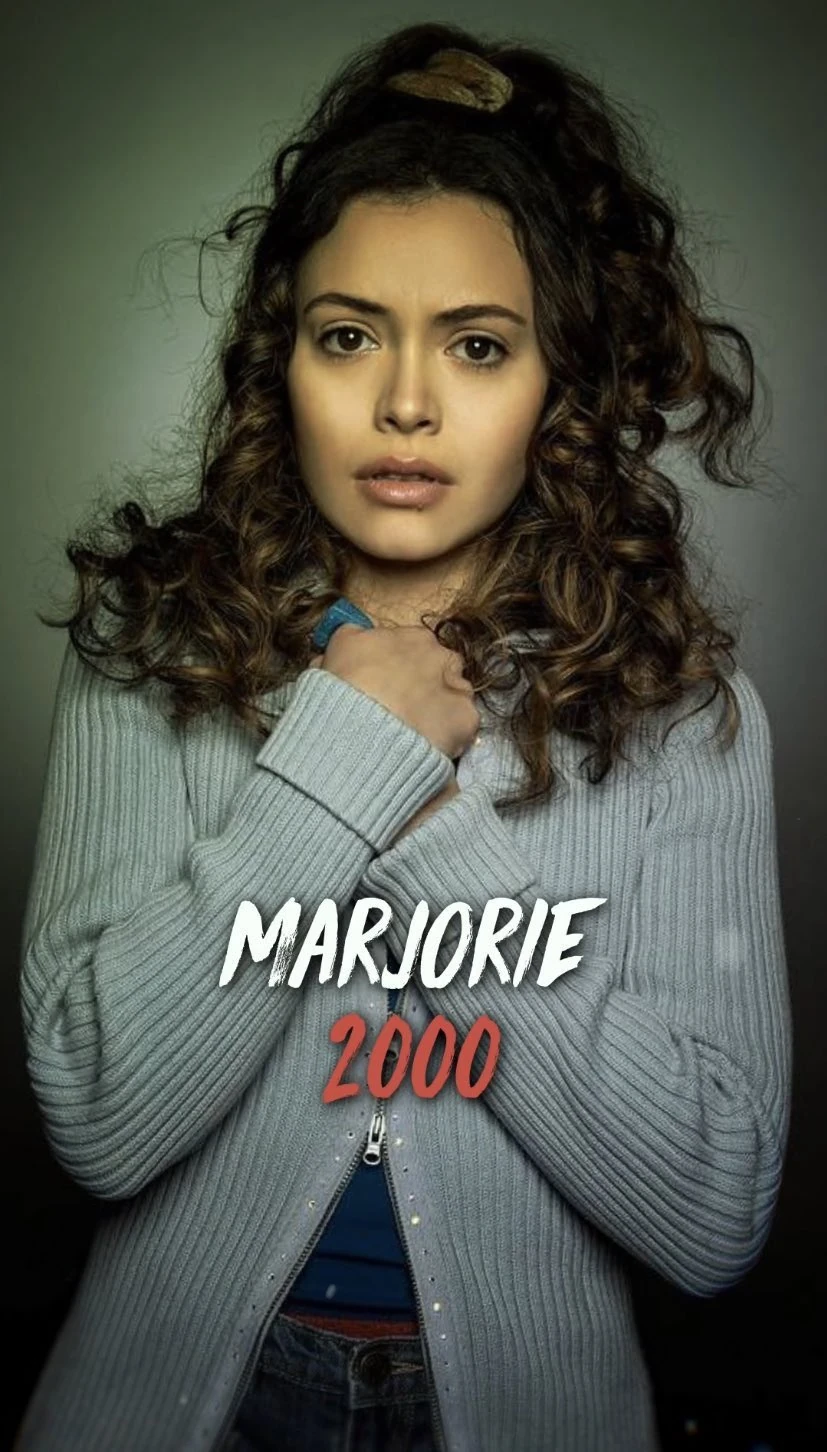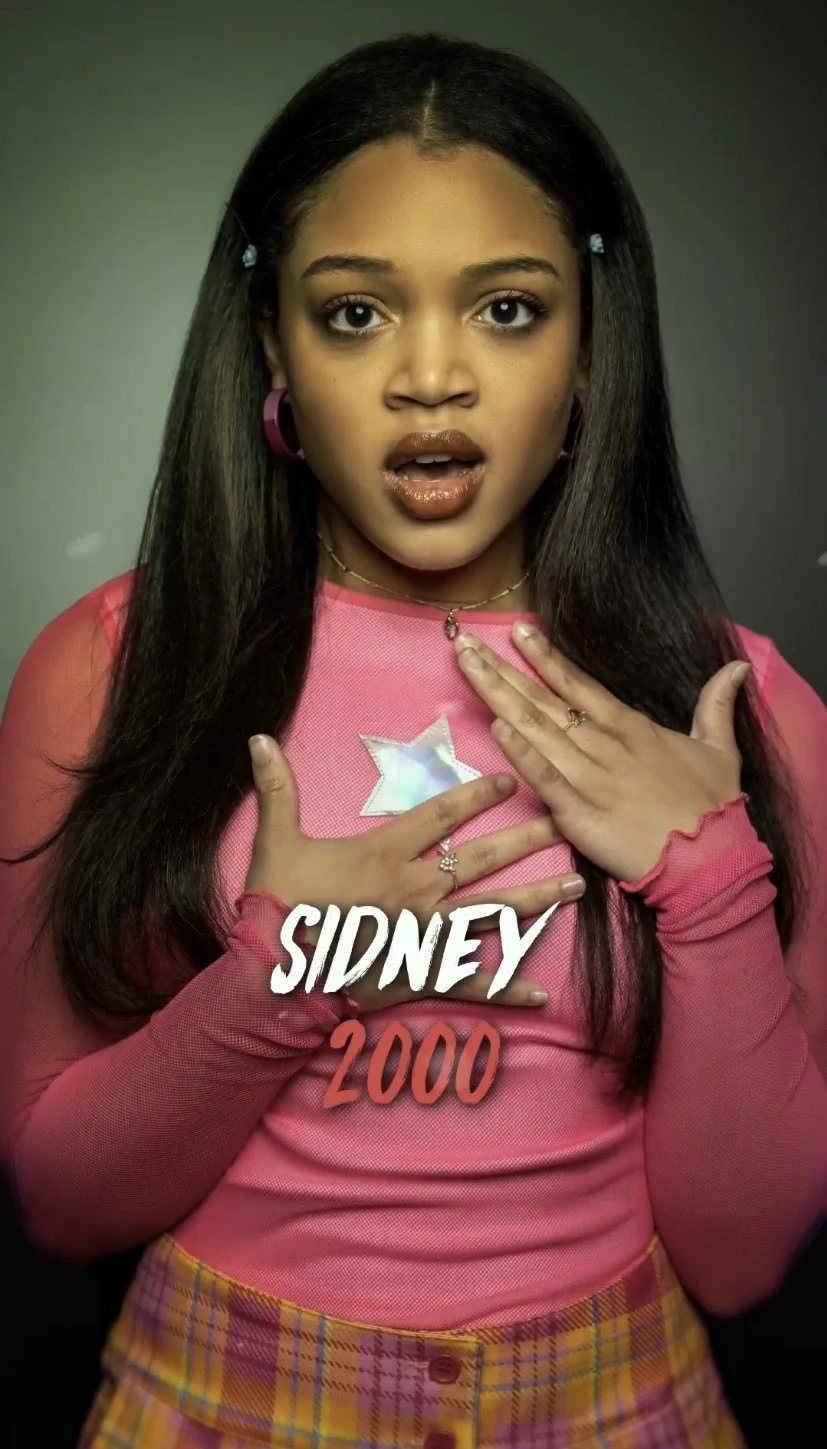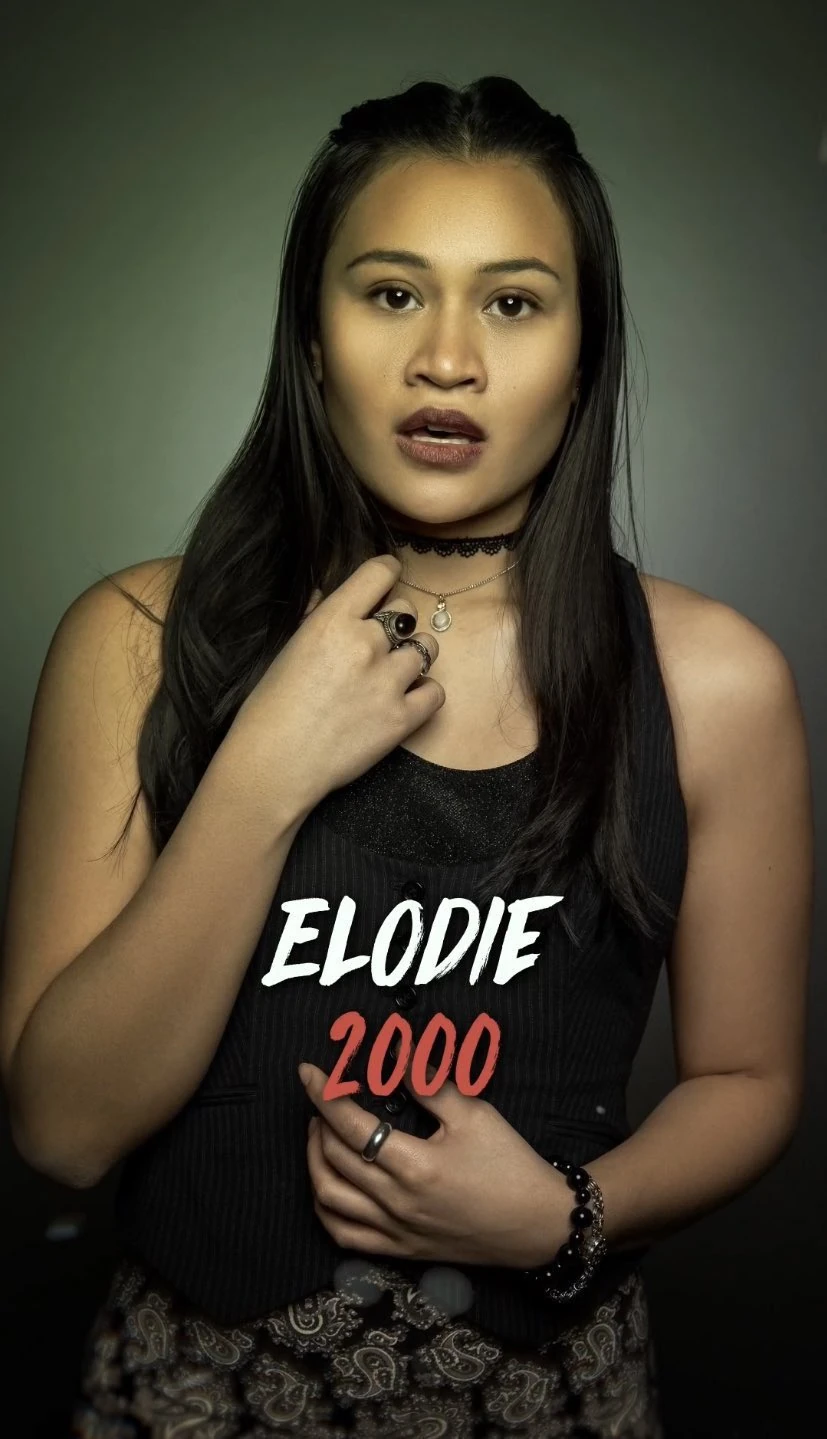Re-Writing the Past: "Pretty Little Liars: Original Sin" (Review)
(This review contains little to no spoilers)
I’ve got a secret–when I was twelve, I fell in love with the Pretty Little Liars to such a point that I started a YouTube channel based on the teen drama. Seven seasons, three spin-offs, and ten years later, here I am still talking about this franchise.
There’s no shame to this (I actually spill my secret love for it quite often. I’m not good at secrets). The original Pretty Little Liars which ran from 2010-2017 remains a staple of teen shows and televised drama more broadly. Its first two seasons introduce a complicated and compelling cast of characters adapted from the series of books by Sarah Shepard. The suspense-tinged storylines that pushed ABC Family’s limits were exemplary of the ability of teen shows to treat their viewers as engaged, intelligent detectives. While the initial “A” reveal of season two remained true to the original broad arch of the books and was generally viewed as a satisfactory reveal, the show’s success demanded more seasons.
As the show stretched past its fourth season, it became harder to view its scandalous plot points as tackling important topics rather than dangerous mishandling of taboos (more on predatory men later), and the show’s allusions to the horror genre lost their teeth in favor of corny action. It is hard to maintain mysteries with twenty-episode seasons and Pretty Little Liars found it an impossible task. The two major “A”s beyond the original two-season arch failed to satisfy most viewers–and with them went the feeling the showrunners had even planned a mystery to discover.
Pretty Little Liars: Original Sin manages to steer the franchise back towards well-constructed webs of clues and scandal, with an added layer of full-out horror and gore. The show remains in the same universe as its predecessors, but the re-imaged intro theme of “Secrets” by The Pierces is the first inclination that the reboot has a darker and richer story to tell for viewers. Whether it lives up to its promise is up for debate.
Original Sin establishes from its first scene that secondary characters are in fact central to the horror that will unfold. Most stories have it where the central cast of characters find this out eventually, but “Chapter 1: Spirit Week” gets right to the point–the mothers of the five central cast are just as important as anyone else. To this end, the focus on a large set of characters actually does the show a big favor of making the five “Liars” absolved of a lot of the culpability that the original PLL girls bore. Imogen, Tabby, Noa, Faran, and Mouse all come with significant baggage, but rather than blinding a girl as in the original series, their biggest sin is embarrassing a bully by airing out their dirty laundry. They are also quicker to confront their demons compared to the original Liars that were often written as more passive participants of their lives.
Each of the Liars’ storylines are distinctive enough from the original show that their characters actually end up feeling entirely their own. Imogen’s grief feels sincere; Noa’s struggles with her mother are infuriatingly real. Faran’s battle with self-worth is nicely developed; Mouse’s left-field plot line ends up being quite the turn of events. Tabby’s plot points are worth talking about deeper. However, it is through her that the show writers seem to channel a lot of their efforts to push the franchise into dealing with difficult topics more maturely.
(Very vague spoilers ahead) Sexual assault is a significant plot point not only for Tabby but for various characters throughout the season. It is approached with a fair amount of nuance and empathy on the part of the cast, and by the end of the show, you find it to have been a worthwhile inclusion rather than a tired way of adding drama. However, of all the characters from the original are sometimes alluded to, Aria and Ezra are the most prominent–even playing a role in the final scenes of Chapter Ten. It is a baffling inclusion given that a good chunk of Tabby’s storyline deals with taking a serious approach to our handling of predators and teenagers being groomed, yet the exact couple that exemplifies the romanization of those topics is highlighted right til the very end. It is hard to applaud Original Sin’s steps forward when they want to keep taking steps back.
Also, it is unfortunate that these serious topics are written into characters that end up being more a parody of a teenager than dynamic teenage girls. Early on it is clear that a significant portion of Tabby’s dialogue will be (horror) film references, which in reality is not that far off from the tropes of the original PLL characters. What is more bizarre is the way the dialogue continuously drops phrases from Twitter and across the internet that are rarely–if ever–used in the way the characters do. I’m not sure teenage boys often actually use the word “feminazi” in the heat of a fight nor do others compliment with, “You’re giving off serious fire emojis right now!” It is not new that showrunners fail to portray teenagers true to life, but it is startling how Original Sin swings too far into trying to be particularly woke that it ends up cornier than its predecessors.
Luckily the show does a better job of handling horror than dialogue, and the directors consistently yield great cinematography. This could be either because of fewer network restraints from HBO Max than ABC Family or a bigger budget, but in either case, the show’s sets, chase scenes, and shots are not only good, they often make you notice how well thought out they are. For those that are into horror as Tabby, each episode is packed with references to the greats of the genre. And with a more visible “A” villain, the show is able to move above suspense into full-out gore. Most importantly, the show delivers a satisfactory reveal of “A” by the end of the tenth chapter. Not every single end is tied up, but there are enough answers that feel plausible in the scope of the show’s frame that it felt like the franchise had managed to forgive and rewrite most of the original's sins.
All images via








